Planets
The Sun and the planets
8. Ice Planet
An ice planet is is predominantly made up of volatile compounds such as water, methane, and ammonia in their frozen states. These planets experience extremely low temperatures (below negative (-) 13 degrees Celsius). Our solar system does not have any ice planets, as the only icy objects which have these characteristics are too small to be classified as planets. Ice planets are key candidates of the presence of extraterrestrial life as scientists believe these planets have sub surface oceans which have conditions suitable to accommodate life.

9. Ice Giant
Ice giants are planets which are mainly composed of dense gases which are heavier than those found in gas giants. These planets which were initially categorized as gas giants were established to be distinct in composition as they are primarily made up of carbon, sulfur, oxygen, and nitrogen instead of the hydrogen and helium found in gas giants. Neptune and Uranus are the two ice giants of our solar system.
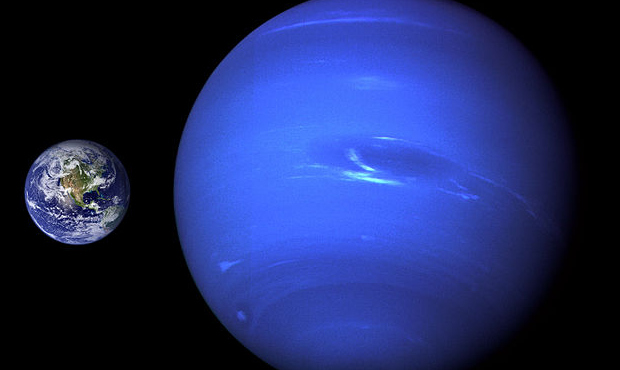
10. Helium Planet
A helium planet has an atmosphere that is predominantly made up of helium. Scientists believe such planets are formed after high temperatures of a nearby star cause the evaporation and disappearance of lighter gases including hydrogen and leave behind an atmosphere made up of helium. Due to the high concentration of helium in the atmosphere, helium planets are believed to be white and light-gray in appearance.
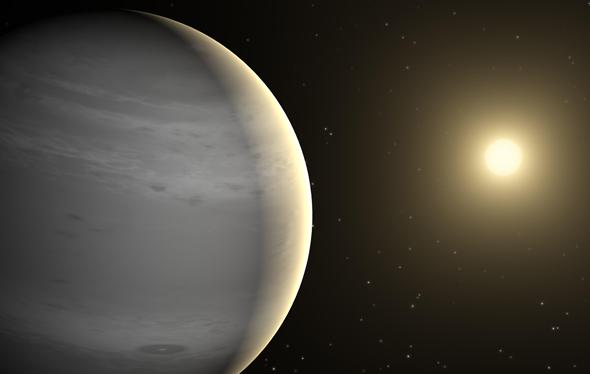
11. Gas Giant
Gas giants are planets which are mainly made up of helium and hydrogen and other volatile compounds. These planets which exist in immense sizes are some of the largest known planets. Our solar system has two planets that are classified as gas giants, and these are Saturn and Jupiter. These planets are believed to have a molten rocky core. However, the properties of the compounds that exist in the cores of these gas giants are poorly understood due to the great temperatures and pressure.
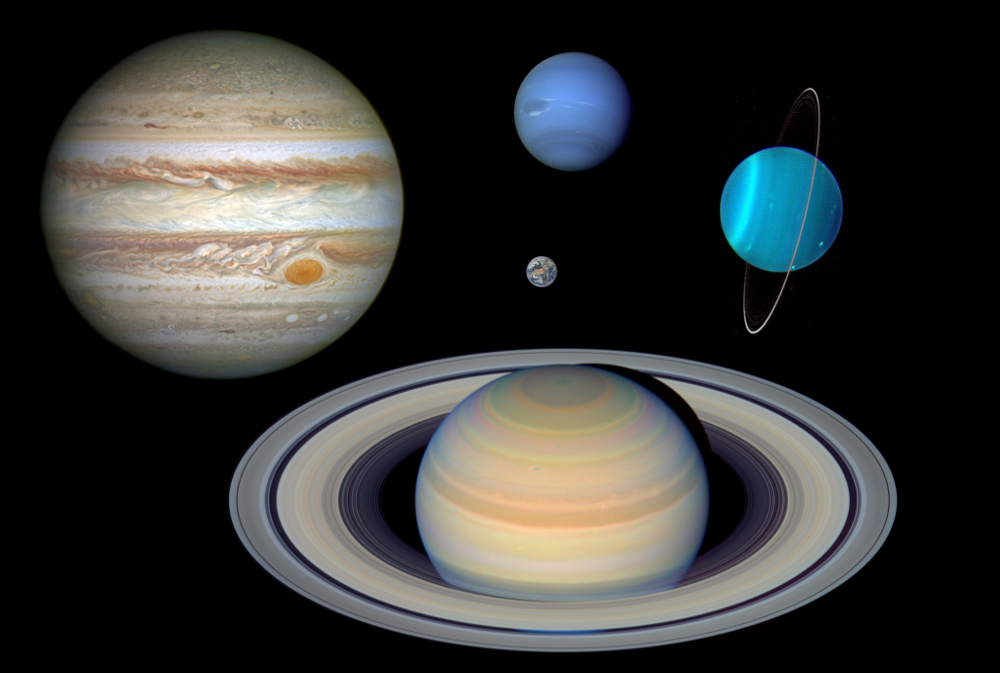
12. Gas Dwarf
A gas dwarf is a celestial body with a solid core but covered by a thick atmosphere made up of helium, hydrogen and other volatile gases. The gas dwarf is similar in composition to the gas giant planets and only differs in size. One example of a gas dwarf is Kepler-138d which is an extrasolar planet.
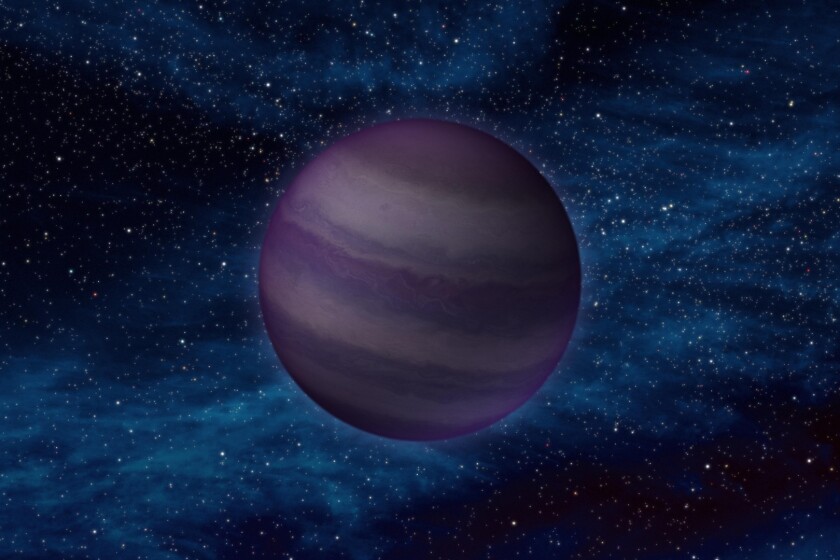
13. Desert Planet
Desert planets are terrestrial planets whose surfaces have desert-like conditions. Such planets are believed to have a bigger habitable zone than Earth-like watery planets. The concept of desert planets has been portrayed in modern works of fiction such as the 1965 novel “Dune.” Some astronomers believe that the Earth will eventually become a desert planet as the Sun increases in luminosity. Venus is also believed to have been a desert planet in the past.

14. Coreless Planet
As its name suggests, a coreless planet is a planet without a core. This hypothetical type of planet is exclusively made up of a mantle.
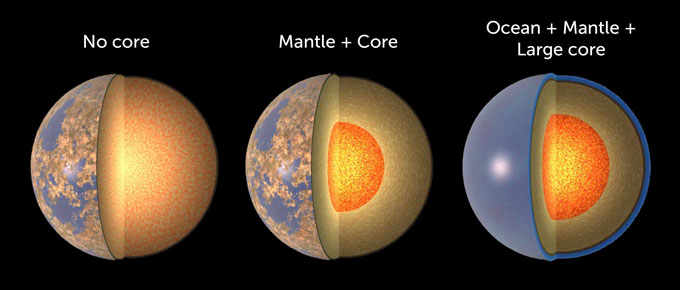
15. City Planet
A city planet is a hypothetical planet, also known as an ecumenopolis, which is a planet-sized city. Proponents of the city planet concept believe that in the future global cities will grow and cover the entire globe and form a city planet. The concept was popularized after city planets were portrayed in several works of fiction including the famous Star Wars franchise. City planets are purely hypothetical as there is no known city planet.
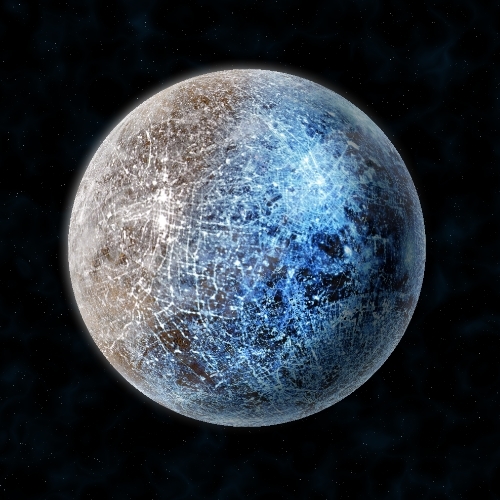
16. Carbon Plane
A carbon planet is a theoretical planet that is believed to have a higher concentration of carbon than oxygen in its composition. Such planets are also thought to have cores made of iron or steel, characteristic to terrestrial planets. The surface of these planets is believed to be covered by liquid or frozen hydrocarbons with a layer of graphite or diamonds several miles thick beneath the surface. A suitable candidate of a carbon planet is the 55 Cancri e planet.

17. Chthonian Planet
Chthonian planets are celestial objects revolving close to a star which was originally gas giants but had their helium and hydrogen atmospheres stripped away by high temperatures emanating from their respective nearby stars leaving behind a metallic and rocky core. There are no chthonian planets in our solar system, but there are several such planets that have been observed including Kepler-57b and Kepler-52b.
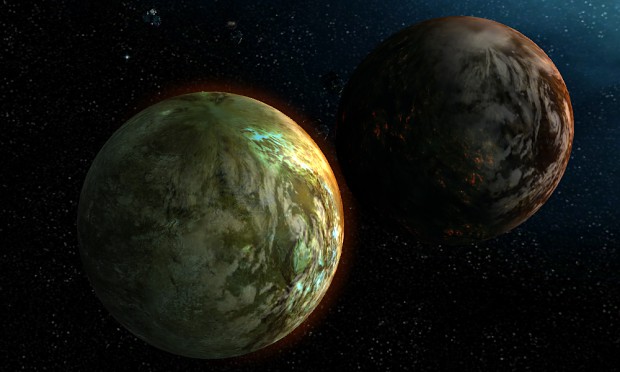
Previous Page <------------> Next Page